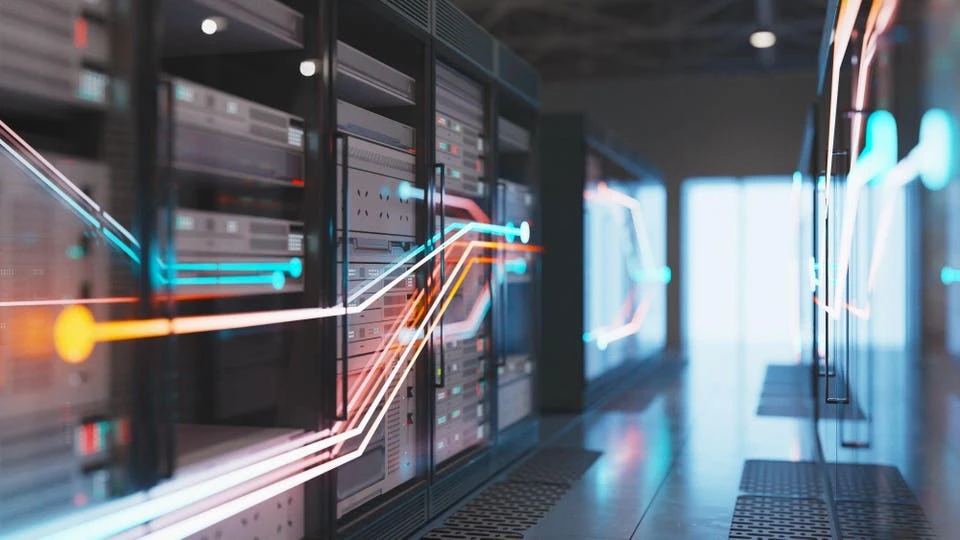About My Experience
I’ve had the opportunity to work in some incredible businesses and on some of the world’s most challenging problems. My teams and I have acquired and integrated nearly a dozen companies. We have built (and then unbuilt) capacity for pandemic response personal protective equipment in record time. We have rapidly scaled to meet market expansion in e-commerce warehouse fulfillment. Now, as Honeywell’s Chief Commercial Officer – going back to my roots of functional leadership – I’m building processes and systems for our 10,000 commercial team members around the world. The world is changing more rapidly than ever. Industrial manufacturing leaders (including Honeywell) are undergoing rapid and – in some cases – extreme digital transformations.
Value is clearly tied to the data in our systems. We’re being pushed to be more agile to meet ever-changing market needs while also building processes that are less dependent upon years of experience to operate. Being agile while being strong is what makes Honeywell special. We’ve been investing in and building our Enterprise Data Warehouse over the last decade. Three years ago, we evolved our operating system to launch Honeywell Accelerator, which creates more consistent business and operating models to better serve our customers, while producing terabytes of data about our people, processes and technologies that we use to drive continuous improvement.
The recent advancements in AI adoption and availability of generative AI have added rocket fuel to our Accelerator models, enabling them to advance our learning and improvement cycle. Today, we are focused on three large megatrends commercially – aviation, automation and are defining the future of these industries as our customers find their paths to autonomy. Honeywell makes some of the world’s most sophisticated, advanced solutions for air and space travel. We make buildings smarter, more sustainable, and more efficient. Much of the world’s energy industry uses Honeywell technology to optimize their operations. Our customers call upon us to help them invent new ways of working and to deliver their expected future, today.
Navigating the Changing Landscape
It is important to adjust our commercial thinking to adapt to the changing world, so we can deliver value today and tomorrow, while addressing our customers’ unanswered strategic questions about their futures and potential disruptions. Here are three things teams should be doing to navigate today’s landscape and deliver value to customers:
- Harnessing AI to power how we work with customers.
- Deploying decision-engines into our IT systems.
- Using machine-learning models and generative AI tools to enhance customer support.
Advancements and novation/ target=”_blank”>Innovation
While we’ve only just begun, we have a robust roadmap to improve our business, including analyzing customer purchase patterns, enhancing our e-commerce experiences, creating dynamic demand generation campaigns, and uncovering new growth opportunities. Now, we are embedding AI into our solutions, helping our customers achieve higher output, yield, and quality. For example, we are addressing the skilled labor shortage through more automated systems that operate with fewer or no people. We’ve built a strong foundation of connected offerings, such as technologies enabling remote industrial operations, worker productivity in warehouses, quality assurance in the life sciences industry, and emissions management for buildings and industrial plants.
By tying AI into Honeywell Forge, we will deliver solutions for our customers that improve over time, increase operational efficiency, minimize downtime, and save energy. Our innovation culture has been thriving for more than 100 years. We spend billions each year on continuous innovation and new products, mostly on ideas that will create new revenue streams for Honeywell and our customers. Delivering safe, reliable connected systems to industrial customers to solve their autonomy challenges requires a close partnership with them to get it right. We call this co-innovation.
Collaboration and Co-innovation
novation/ target=”_blank”>Innovation doesn’t start and end with us – it’s the complete opposite. Our offering teams are expected to spend much of their time living with our customers, collecting and observing the Voice of the Customer (VOC). Our VOC efforts help us create the greatest outcomes possible by providing insights into our customers’ challenges, their priorities, and the levers in their operations. This deep understanding from co-habitation leads to natural co-innovation.
We can quickly go from idea to concept to prototype with seamless feedback from the customer. In some cases, our development teams co-habitate for months or years during intense design cycles. For example, in our business, which develops major subsystems for the next generation of aviation (think flying taxis), we have teams designing power management propulsion systems directly with the customer who ultimately will deliver the vehicle.
Investing in Our Workforce
AI techniques are exciting to work on and to talk about, and they will transform our industries for the future. To capture these techniques and harness their power, we’re investing in our 100,000 employees – who we call Futureshapers – to ensure they have the time, mindset and skills required. We encourage them to contribute their ideas, and we’re pulling these ideas up through the organization to select the best ones for mass deployment.
Conclusion
One of the most compelling parts about my role is working with our teams who bring big ideas to life, presenting them to partners and customers and developing impactful campaigns to take them to the market. As a leader, it’s important to me that my teams have what they need to play their part in the company’s strategy and vision to make the world safer, smarter, and more sustainable for future generations. Whether you’re just starting out or mature in your adoption of AI technologies, there are many advancements still ahead. For industrial operators – whether focused on a single market or multiple megatrends like Honeywell – there is no “giant leap.” The requirements for safety, security and integrity in the industrial world demand a thoughtful, iterative approach. Solutions must meet regulatory standards and be thoroughly tested before deployment. You must calibrate your efforts in your markets, pace progress and push your teams to collaborate closely with customers on their path.
Source: forbes








No Comments